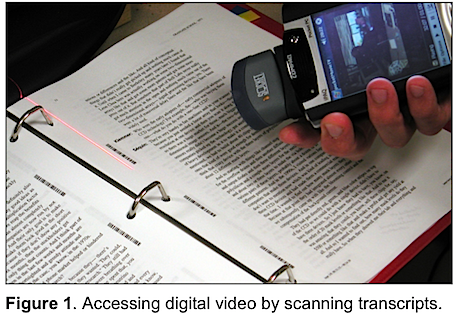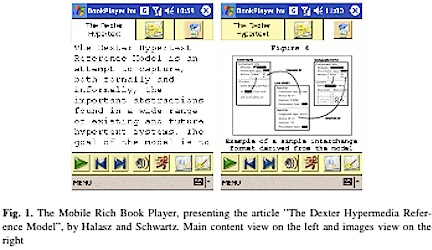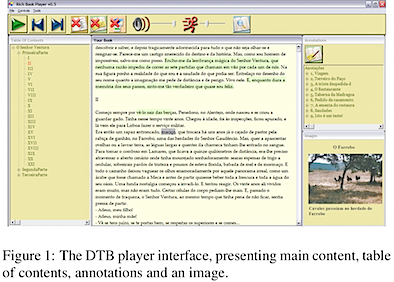Maslow, A. H. A Theory of Human Motivation. Psychological Review, 50, 370-396. 1943. [HTML]
——-
This is a seminal paper by which Maslow first introduced the hierarchy of human needs. While reading the paper I highlighted a couple of interesting ideas:
– Any motivated behavior must be understood to be a channel through which many basic needs maby be expressed or satisfied.
– Classification of motivations myst ve based upon goals rather than upon istigating;
– Motivations are only one class of determinants of behavior. While behavior is almost always motivated, it is amolst always biologically, culturally and situationally determined as well.
– the present theory should be considered as a program for future research;
– a cause for reversal of the hierarchy is that when a need has been satisfied for a long time this need might become underevaluated.
– another partial eplanation of apparent reversals is seen in the fact that there are many determinant in behavior other than the need and desires (e.g. marthyrs).
– most members ofour society who are normal are partially satisfied in all their basic need and partially unsatisfied in all their basic needs ate the same time.
– our needs emerge only when more prepotent needs have been gratified. When a need is faily well satisfied the next prepotent (‘higher’) need emerge, in turn to dominate the conscious life and to serve as the center of organization of behavior, since gratified needs are not active motivators.



